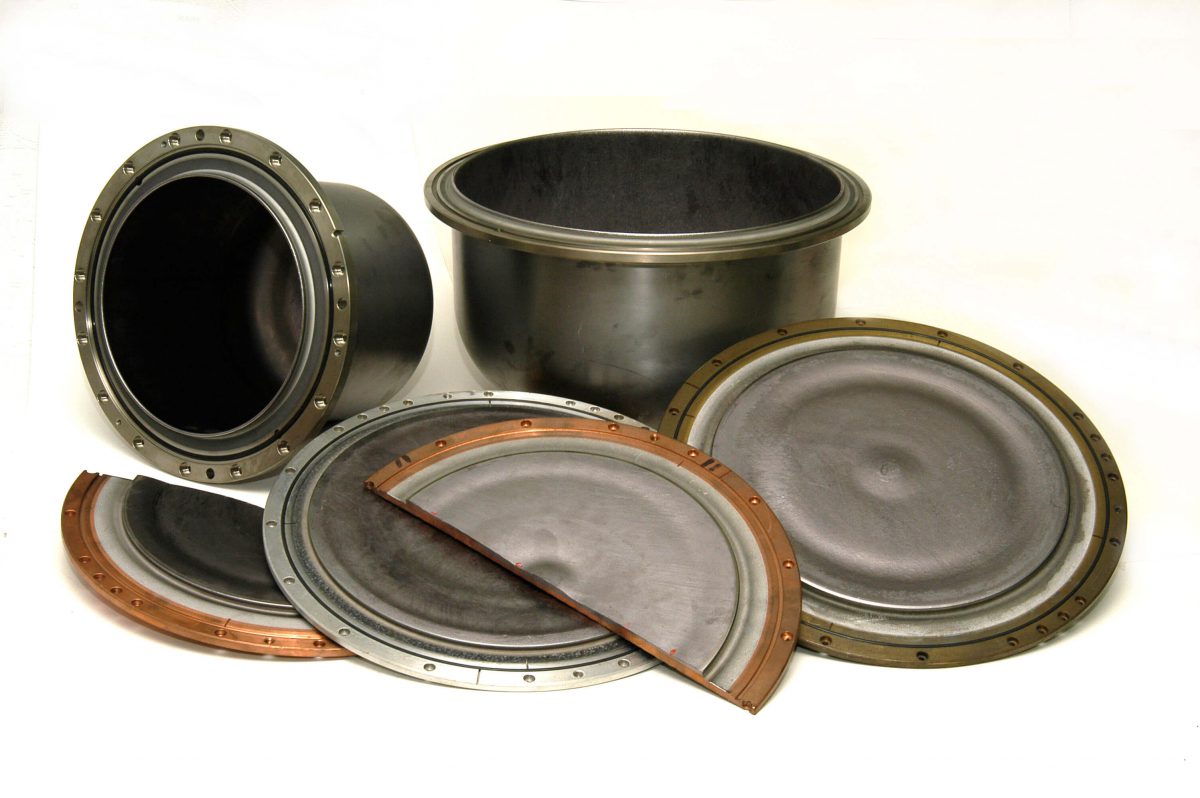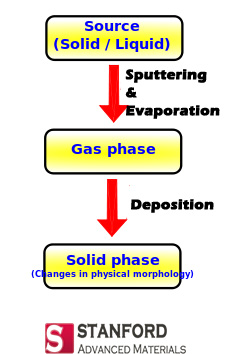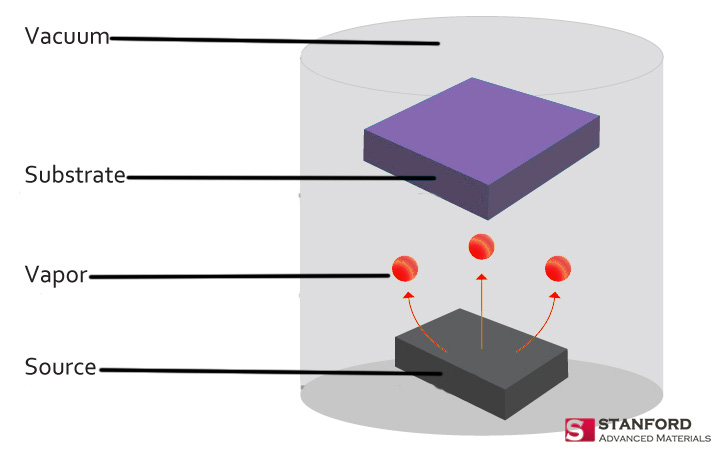Sputter coater targets have high requirements during use, requiring not only purity, size, and even grain size uniformity. These high requirements make us pay more attention when using sputtering targets. Let’s take a look at the five points of use of the sputtering coater target during use.
-
Sputter preparation
It is very important to keep the vacuum chamber and the sputtering system clean. Any residue formed by lubricating oil and dust, as well as pre-coating, will accumulate moisture and other contaminants, directly increasing the possibility of film failure. Apart from it, the unclean sputtering chambers, sputter guns, and sputtering targets will also cause system short circuits, target arcing and rough surface formation.
In order to maintain the composition characteristics of the coating, the sputtering gas (argon or oxygen) must be cleaned and dried. After the substrate is placed in the sputtering chamber, the air needs to be extracted to achieve the vacuum level required by the process.
-
Target cleaning
The purpose of target cleaning is the same as the first point in order to remove dust or dirt that may be present on the surface of the target and keep it clean.
-
Target installation
The most important precaution during target installation is to ensure a good thermal connection between the target and the stabilizing wall of the sputter gun. If the warp of the cooling stave or backing plate is severe, it may cause cracking or bending of the target during installation. In this way, the thermal conductivity of the backing plate to the target is greatly affected, resulting in the inability to dissipate heat during the sputtering process, which eventually causes the target to crack or off.
-
Short circuit and seal check
After the target is installed in the sputtering machine, it is necessary to inspect the circuit condition and seal of the cathode. It is recommended to judge whether there is a short circuit in the cathode by observing the way the resistance meter shakes. After determining that there is no short circuit in the cathode, water can be passed to the cathode to determine if there is water leakage.
-
Target pre-sputtering
It is recommended to use pure argon for target pre-sputtering, which can help clean the surface of the target. When the sputter coating target is pre-sputtered, it is recommended to increase the sputtering power slowly. The power-increasing rate of the ceramic target is recommended to be 1.5 Wh/cm2, and the pre-sputtering speed of the metal sputter coater target materials can be 1.8 Wh/cm2 with a reasonable power increase rate compared to the ceramic target block.
For more information, please visit https://www.sputtertargets.net/.



